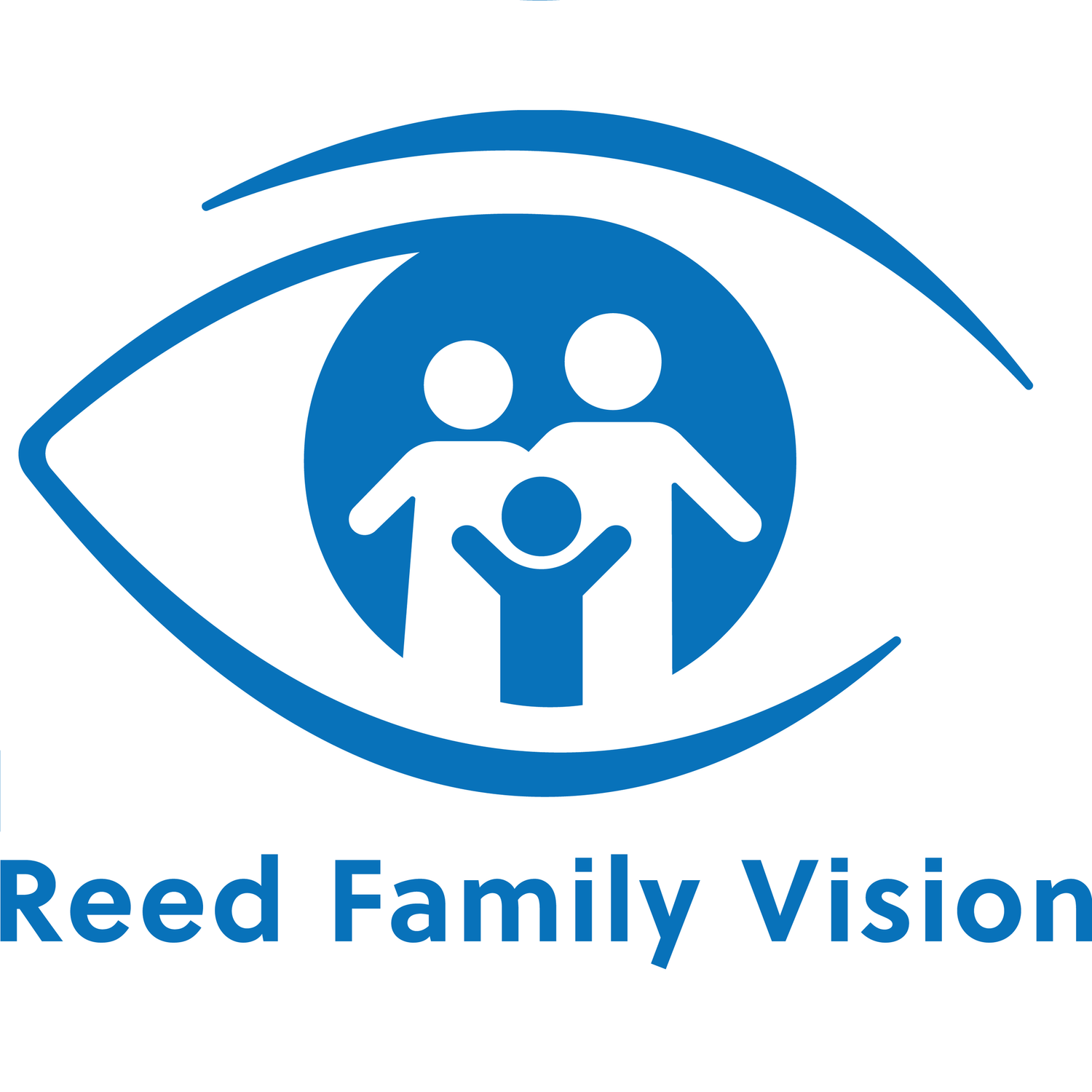FAQs About Myopia
Questions about myopia (nearsightedness) or OrthoK? Ask our eye doctors any time.
Frequently Asked Questions About Myopia
What is myopia?
Myopia (nearsightedness) is is when an eye grows too long from front-to-back, typically during the teenage years as a child grows taller. This elongated eye shape causes light from objects in the distance to focus in front of the retina, causing blurred vision.
Myopia is estimated to affect over 40% of Americans, including many children, and the prevalence of myopia is increasing. 50% of the world population is predicted to suffer from myopia by 2050.
What causes myopia?
The exact cause of myopia is not entirely clear, but evidence indicates a combination of genetic and environmental factors are involved.
The most common risk factors for myopia are:
Minimal time spent outdoors
Excessive time spent using digital devices such as phones, tablets, and computers
Wearing glasses that are too weak or too strong
Having one or both parents that have myopia
Asian descent
What is myopia progression?
Myopia progression is when distance vision continues to get worse, and a stronger glasses or contact lens prescription is needed over time. Myopia is often progressive, especially in kids.
What are the risks of untreated myopia?
Blurred vision caused by myopia can negatively impact work, school, and social life. Tasks involving vision farther than a few feet away will be more difficult to accomplish, including critical learning early in life.
Myopia is currently the 6th leading cause of blindness worldwide, with that figure expected to rise.
What are the risks of untreated myopia progression?
Recent research has shown that progression to moderate-to-high myopia significantly increases a child’s risk of developing vision-threatening eye disease as they get older, including glaucoma, macular degeneration, and retinal detachment.
Glaucoma: Glaucoma is when fluid builds up inside the eye which puts pressure on the optic nerve causing irreversible vision loss. A child is 3 times more likely to develop glaucoma if they have moderate-to-high myopia.
Macular Degeneration: Macular degeneration is when the macula, the part of the retina responsible for central vision, is damaged. This can cause irreversible vision loss and central blindness. A child with moderate myopia is 44 times more likely to develop macular degeneration. This risk increases to 126 times more likely for a child with high myopia.
Retinal Detachment: Retinal detachment is when the retina detaches from the back of the eye. This can cause irreversible and total loss of vision. A child with moderate myopia is 21 times more likely to develop a retinal detachment, while a child with high myopia is 44 times more likely to develop a retinal detachment.
How is myopia treated?
There is currently no treatment to reverse the elongation of the eye which causes myopia.
Glasses and contact lenses refocus the light entering the eye to correct the blurred vision caused by myopia, allowing someone suffering from myopia to see more clearly. Refractive surgeries irreversibly change the shape of the cornea at the front of the eye to accomplish a similar refocusing of light entering the eye.
Glasses, standard contact lenses, and refractive surgeries do not slow or stop myopia progression. A special treatment called orthokeratology, or OrthoK, has been proven in studies to slow or stop the progression of myopia. Please see our FAQs about OrthoK for more information on OrthoK, or our Myopia Control page for more on how to slow or stop myopia progression.





